Alright – so today we’ve got the honor of introducing you to Shih-Hsuan Kuo. We think you’ll enjoy our conversation, we’ve shared it below.
Shih-Hsuan, thanks for taking the time to share your stories with us today Can you talk to us about a project that’s meant a lot to you?
I just wrapped up my MFA thesis film at Chapman University called ‘MOVE,’ and it’s become the most meaningful thing I’ve worked on to date. When director Ana Farré Moutinho approached me with the concept, I immediately connected to its core theme. The narrative explores the protagonist’s journey, Faisal, as he navigates a situation where control seems elusive, a concept I’ve grappled with both in my artistry and personal life.
The story resonated with me because it’s about learning to embrace circumstances beyond our control and finding joy in the process—a lesson I’ve been continuously learning as a cinematographer. The unpredictability of filmmaking often challenges my perfectionist tendencies. Despite meticulous pre-production, the reality on set can unfold differently than expected. This struggle with uncertainty, something the protagonist faces in ‘MOVE,’ mirrored my artistic journey.
Finishing ‘MOVE’ was like unlocking a big lesson for me—there’s genuine beauty in letting go and finding art in the messy, unpredictable moments. It’s an ongoing journey, and this film has become a cornerstone in shaping how I approach my craft. The unexpected, turns out, often holds the most magic.
I am incredibly honored to be awarded The Panavision New Filmmaker Program equipment grant for this project. Collaborating with Panavision has always been a dream come true for me as a cinematographer, and this experience has been nothing short of invaluable. Throughout the pre-production phase, working closely with Panavision proved to be enlightening, as they not only offered options but also provided incredible insights into achieving the visual style I envisioned.
From the outset, my director Ana and I aimed to craft an immersive experience for the audience, mirroring our protagonist’s first underground rave with a distinct and stylish visual approach. Originally considering the super 35 format on the ALEXA Mini, Panavision’s recommendation to use a large format camera emerged as a game-changer. This suggestion promised to enhance the immersive quality we sought for our film.
During the camera tests, we ultimately opted for the Panavision DXL2 paired with Panaspeed lenses. This combination not only delivered the high contrast and modern aesthetic we were aiming for but also granted us the flexibility to shoot in challenging low-light conditions. Additionally, it allowed us to create enhanced separation between our subject and the background, particularly crucial for capturing the dynamic and vibrant scenes within the rave.
The support and guidance from Panavision, especially at this early stage in my career, have been instrumental. This collaboration not only facilitated the realization of our creative vision but also elevated the overall quality of our project. I am truly grateful for the opportunity to work with Panavision and look forward to continuing to push the boundaries of visual storytelling in my filmmaking journey.
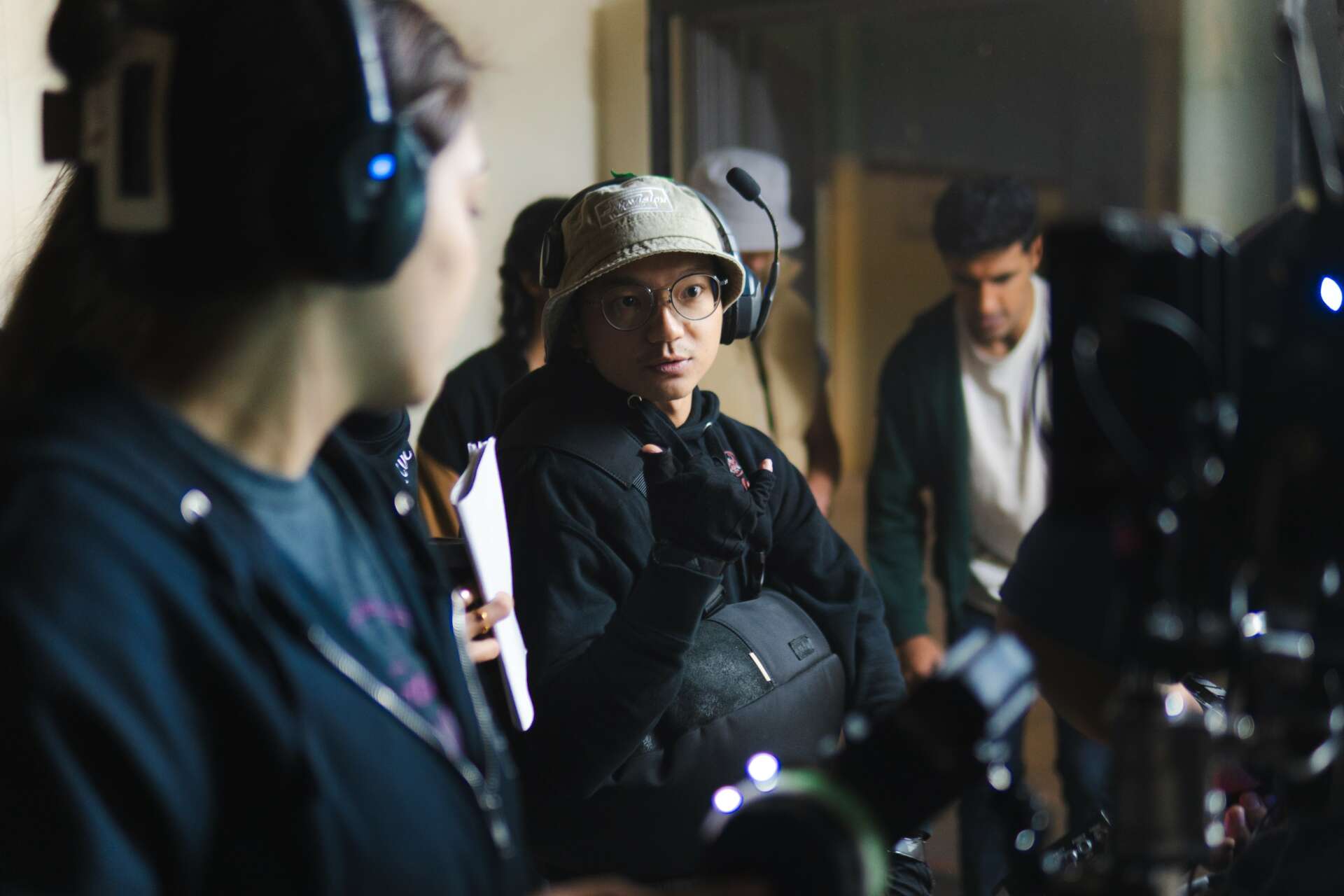
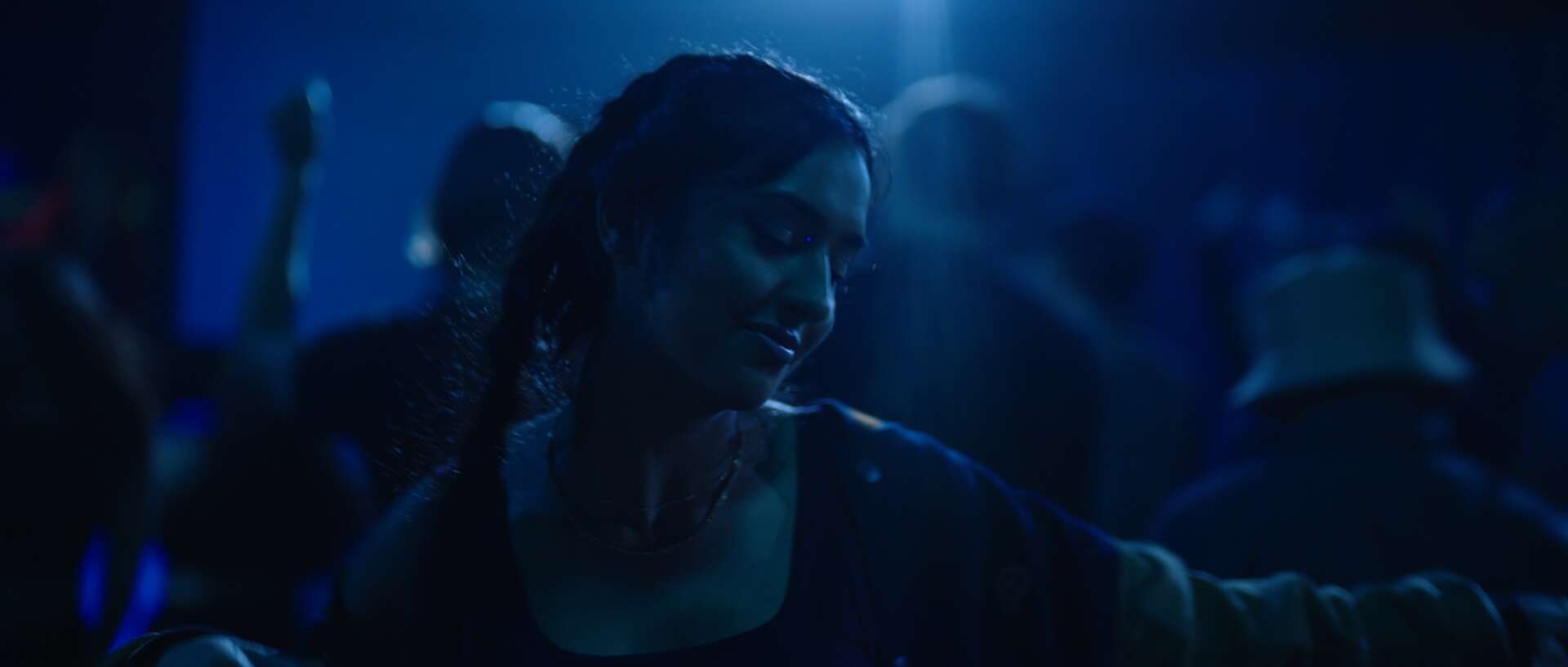
Shih-Hsuan, before we move on to more of these sorts of questions, can you take some time to bring our readers up to speed on you and what you do?
As a cinematographer, my focus is on crafting realities that resonate authentically with audiences, creating emotional impacts through the lens. My foremost priority is to translate the director’s vision into captivating visual narratives that best suit the story being told.
What truly fascinates me about cinematography is its incredible scope for creative expression, particularly in using visual elements like color to evoke profound emotions in viewers. Nicolas Winding Refn’s bold use of color in films like ‘Drive’ and ‘The Neon Demon’ deeply influenced me, encouraging me to explore unconventional visual territories and embrace daring approaches in my work.
For me, cinematography is an ongoing journey of self-discovery and artistic exploration. Collaborating with directors who share a passion for compelling visual storytelling is a genuine pleasure.
My time at Chapman University, where I worked on over 10 short films, allowed me to delve deeper into my own experiences and incorporate them into my work. Before settling in Los Angeles, I primarily focused on shooting music videos, commercials, and documenting events and live concerts. While initially feeling distant from my narrative storytelling aspirations, these experiences helped me connect with my cultural roots and broaden my artistic perspective.
The decision to move to LA has been incredibly rewarding. Working alongside incredibly talented filmmakers from diverse backgrounds has been an inspiring journey. Seeing my projects recognized at esteemed film festivals like LA Shorts International Film Festival and the Rhode Island International Film Festival has been an exhilarating affirmation of my dedication to this craft.
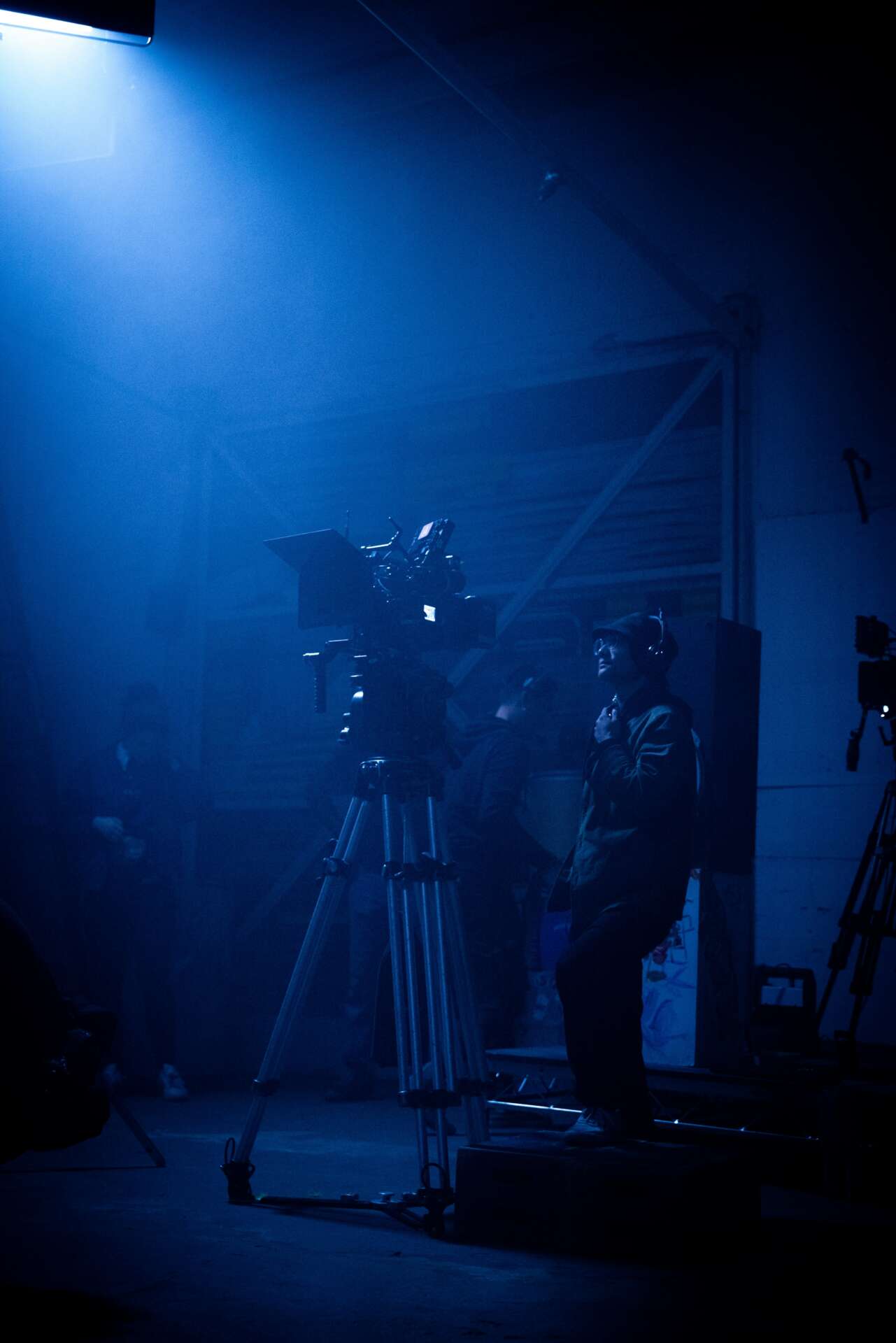
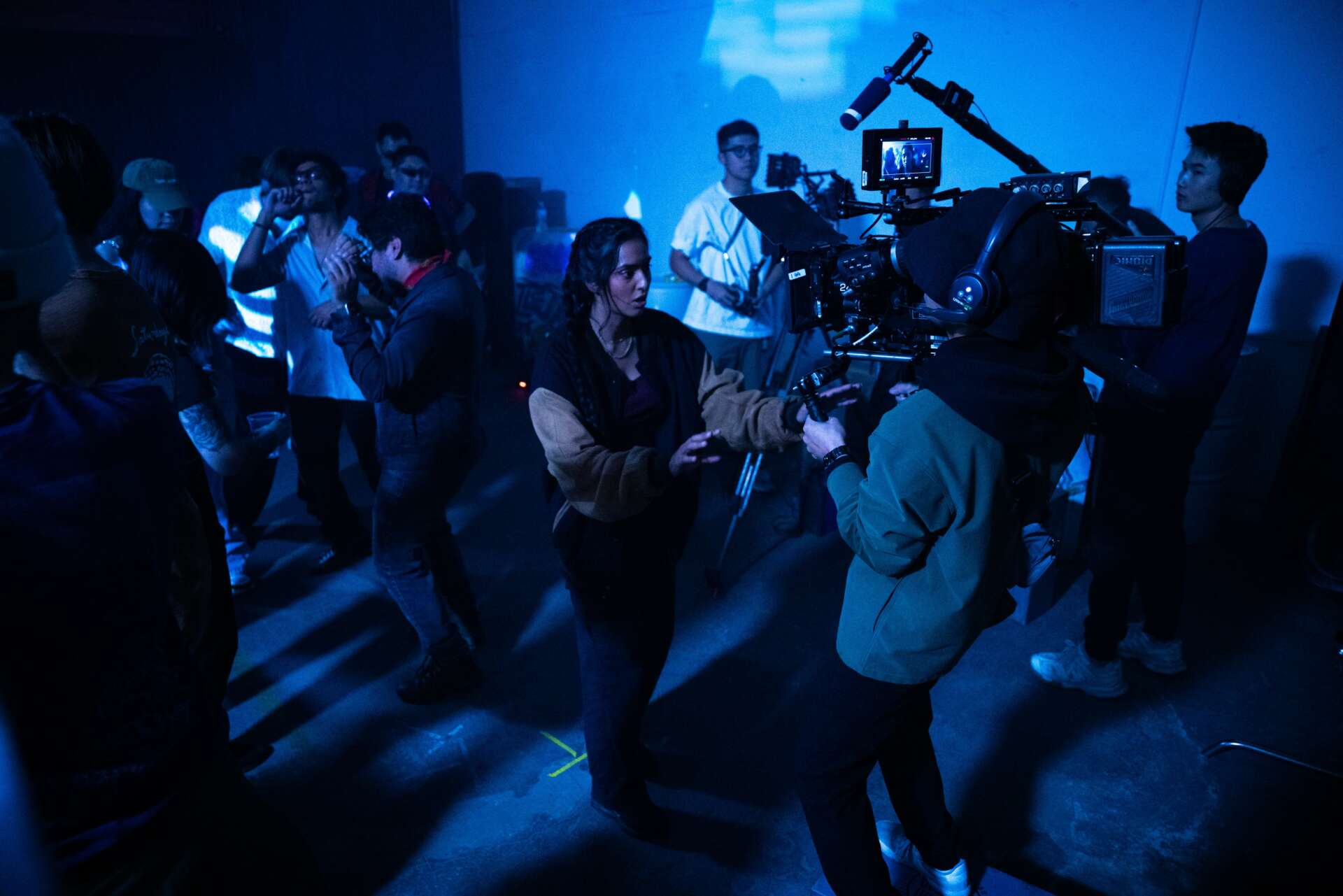
For you, what’s the most rewarding aspect of being a creative?
The most rewarding part of being an artist or creative is bringing my visions to life. I love transforming ideas into visual art, whether it’s a single picture or a concept for a scene. When I read scripts, I visualize scenes in my mind that I’m eager to create.
However, creating art is a lengthy process. It often requires months of preparation. Take, for example, the MOVE project; we spent over six months preparing before we could start filming. But when we finally finished shooting and saw our plans come together, it was incredibly fulfilling. It reminds me why I’m passionate about being an artist and motivates me to continue down this path. Witnessing a vision materialize into tangible art is what truly drives me to grow and improve as an artist every day.
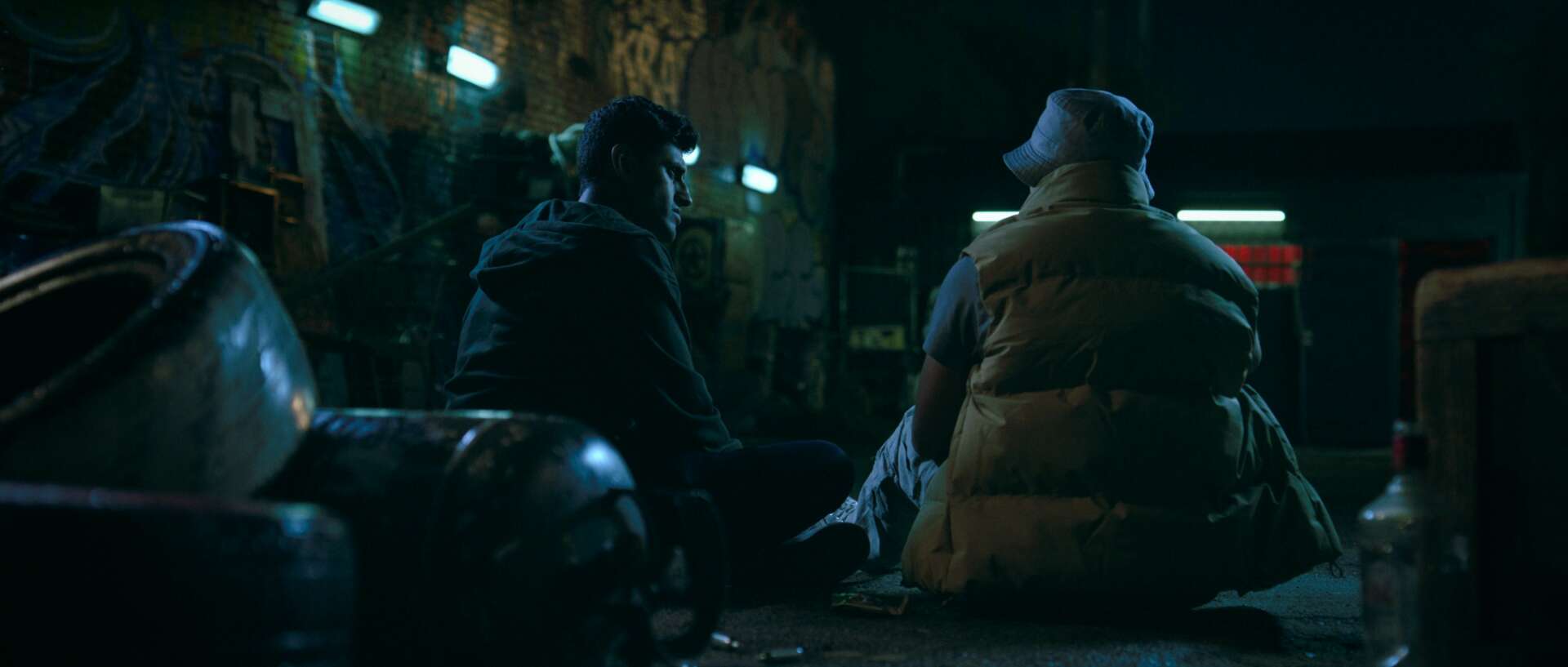
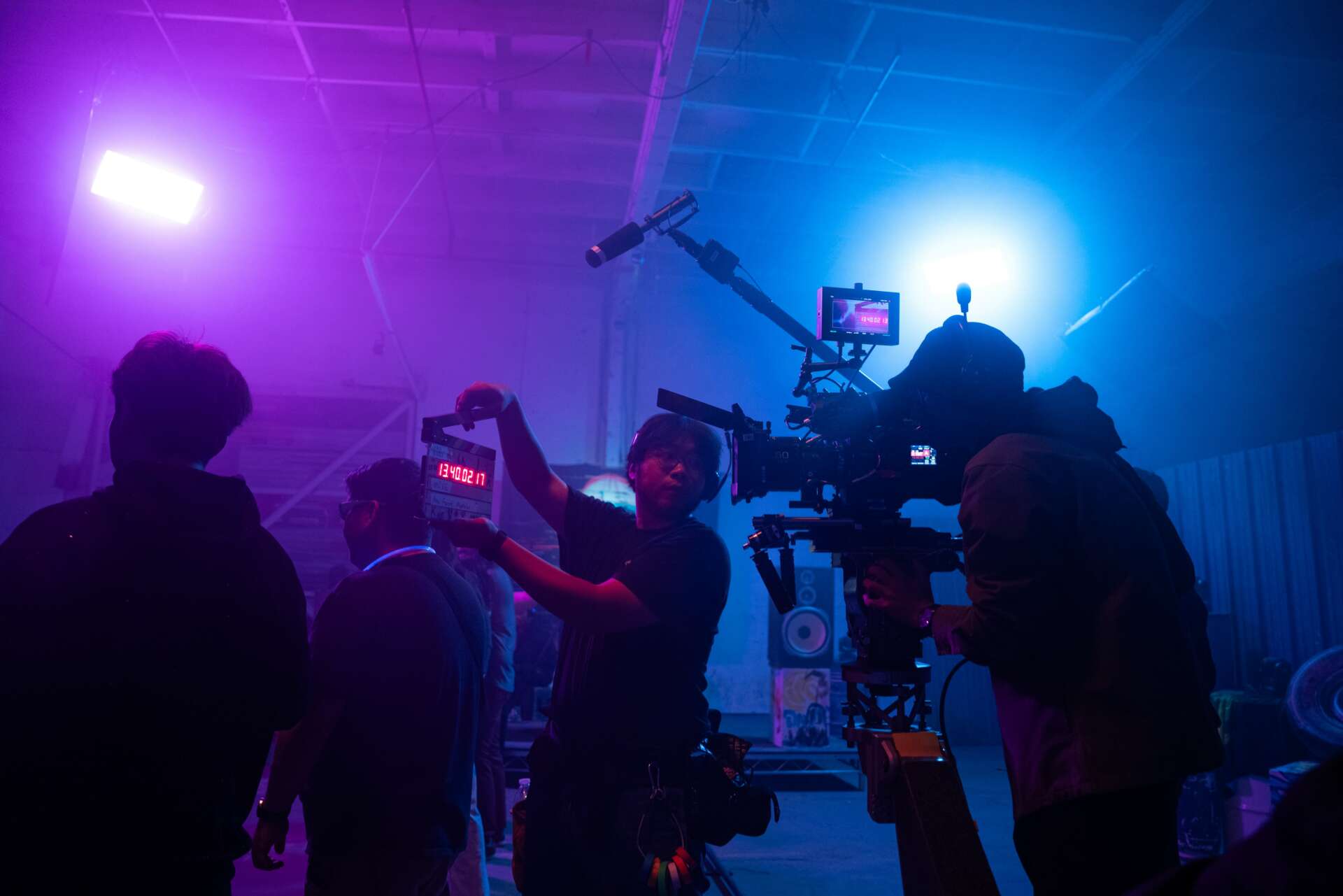
Is there something you think non-creatives will struggle to understand about your journey as a creative?
In my experience as a creative, grappling with insecurities is a constant companion. Our creations are deeply personal, often woven from our experiences, emotions, and raw vulnerabilities. They’re a reflection of ourselves, making the process an emotionally exhausting journey. The exposure to criticism becomes daunting as our work feels like an extension of ourselves.
The demand for inspiration is perpetual in the life of a creative professional. When I’m not actively working on projects, I immerse myself in museums, galleries, or movies. It’s not just a pastime; it’s a crucial aspect of my role as a cinematographer. I rely on these experiences to recharge my creative energy, vital for my upcoming projects.
Maintaining mental well-being is paramount. The stress of being a cinematographer involves troubleshooting countless on-set challenges. Prioritizing mental health is essential to navigate the pressures inherent in the creative process. It’s about finding a balance amidst the demands of a career that depends on constant innovation and problem-solving.
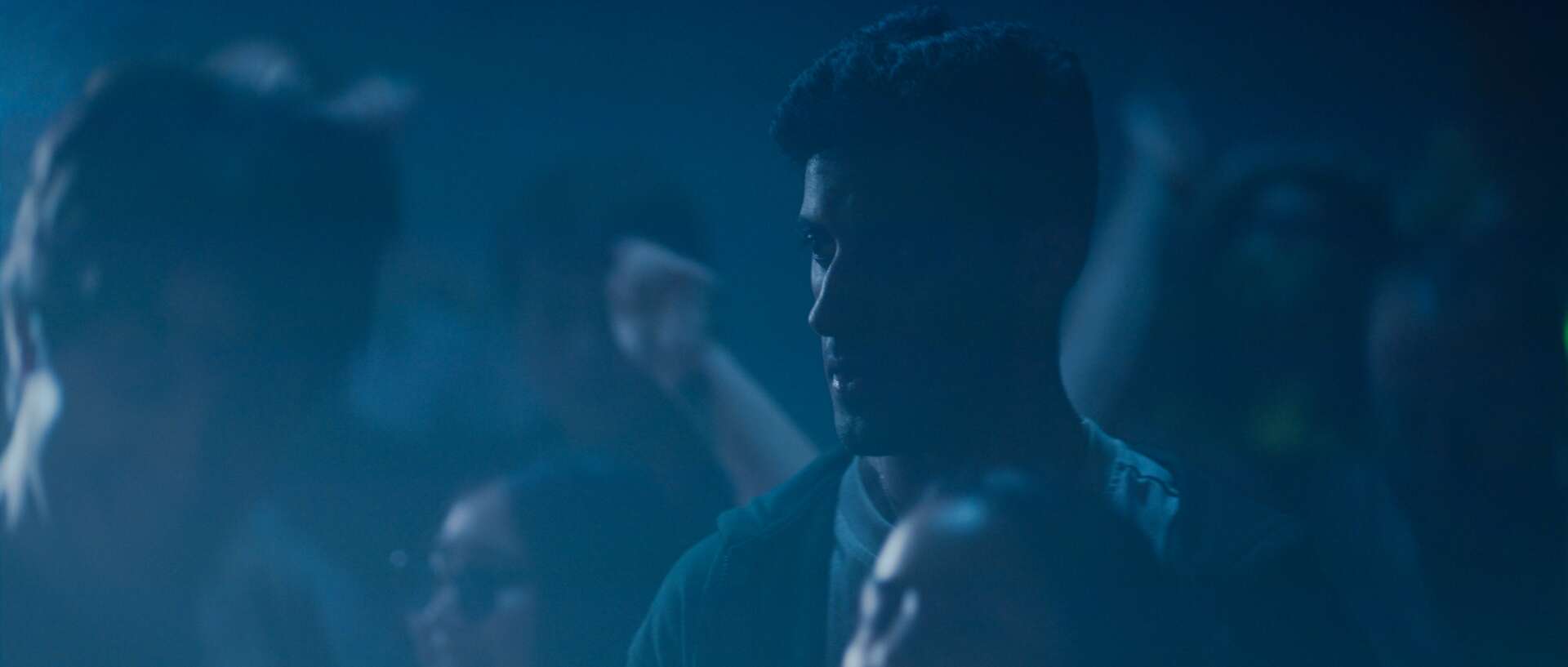
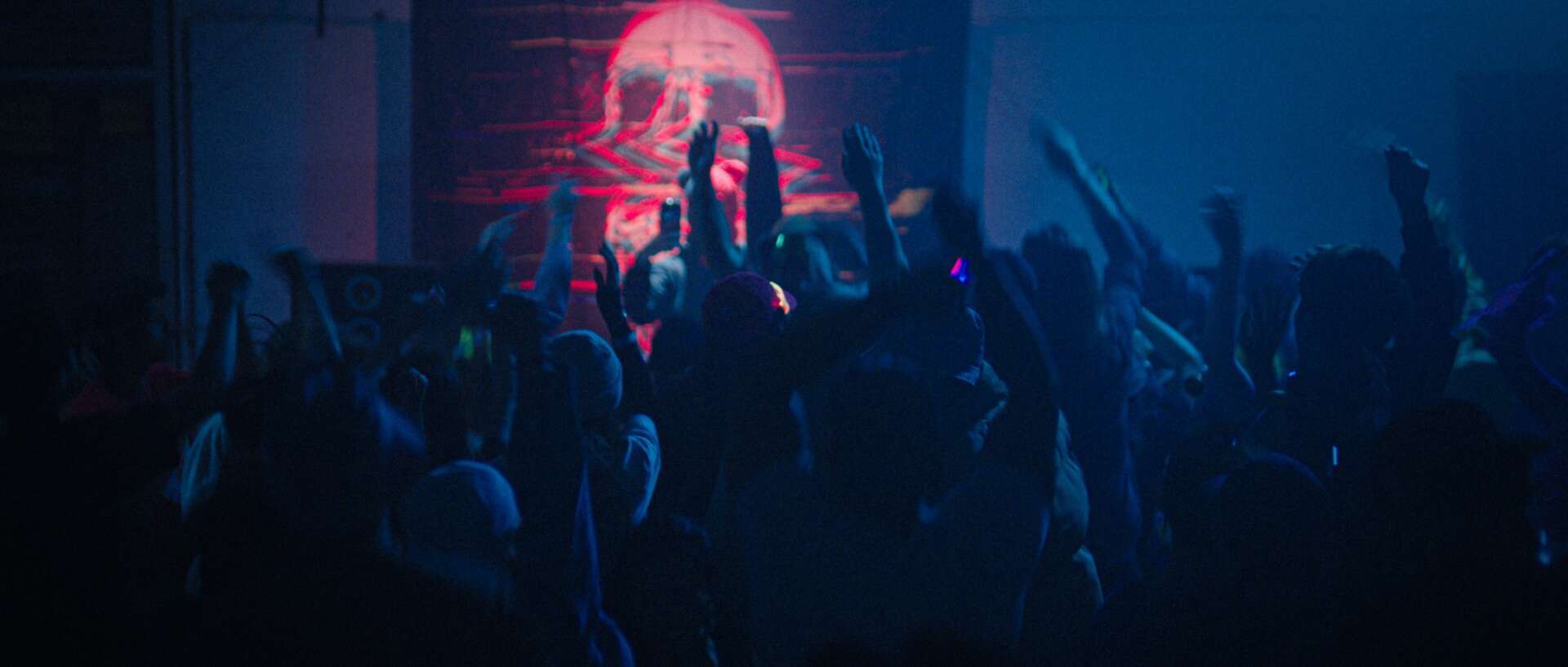
Contact Info:
- Website: https://cinekuo.wixsite.com/shkuo
- Instagram: https://www.instagram.com/kuo.s.h/
- Linkedin: www.linkedin.com/in/shkuo
- Other: Vimeo: https://vimeo.com/shenochkuo
Image Credits
Antonio Zamarripa, Zach Goodwin, Ana Farré Moutinho


